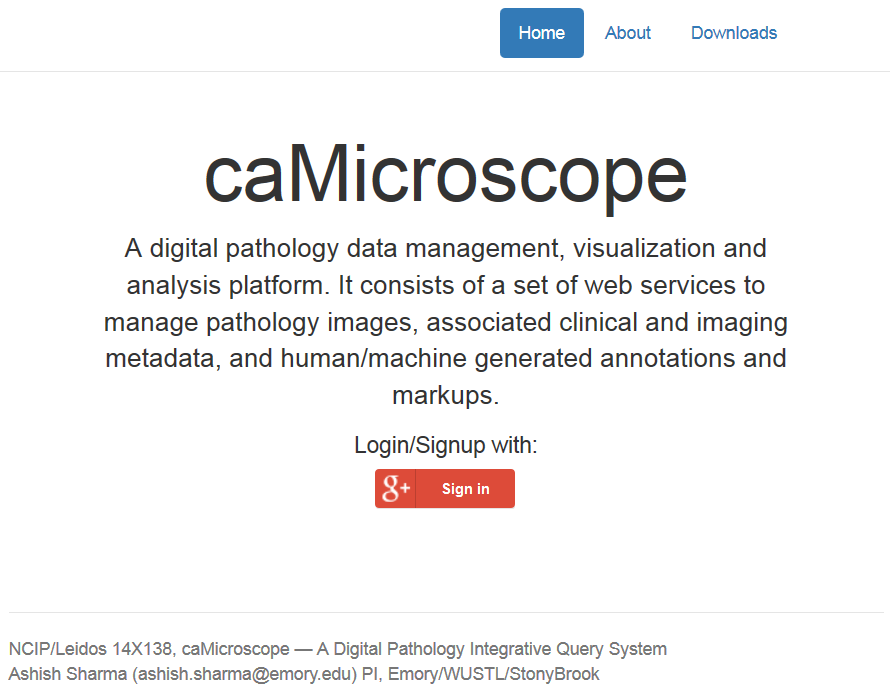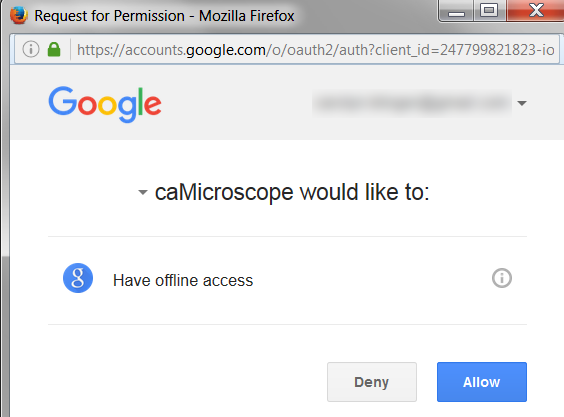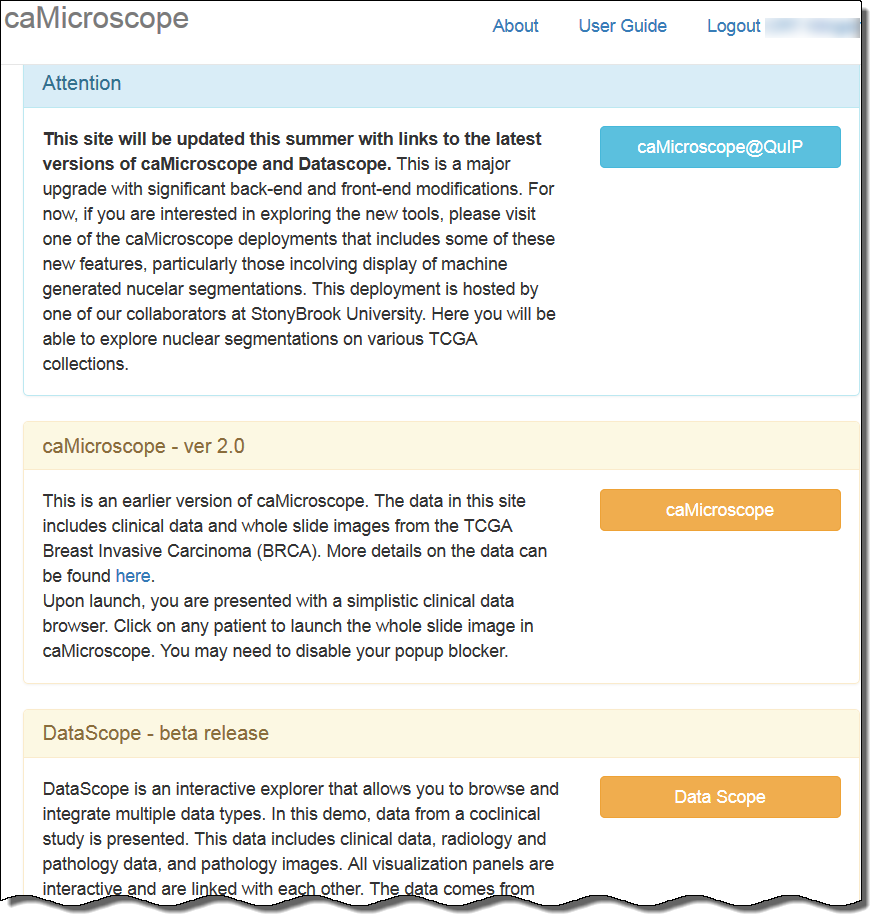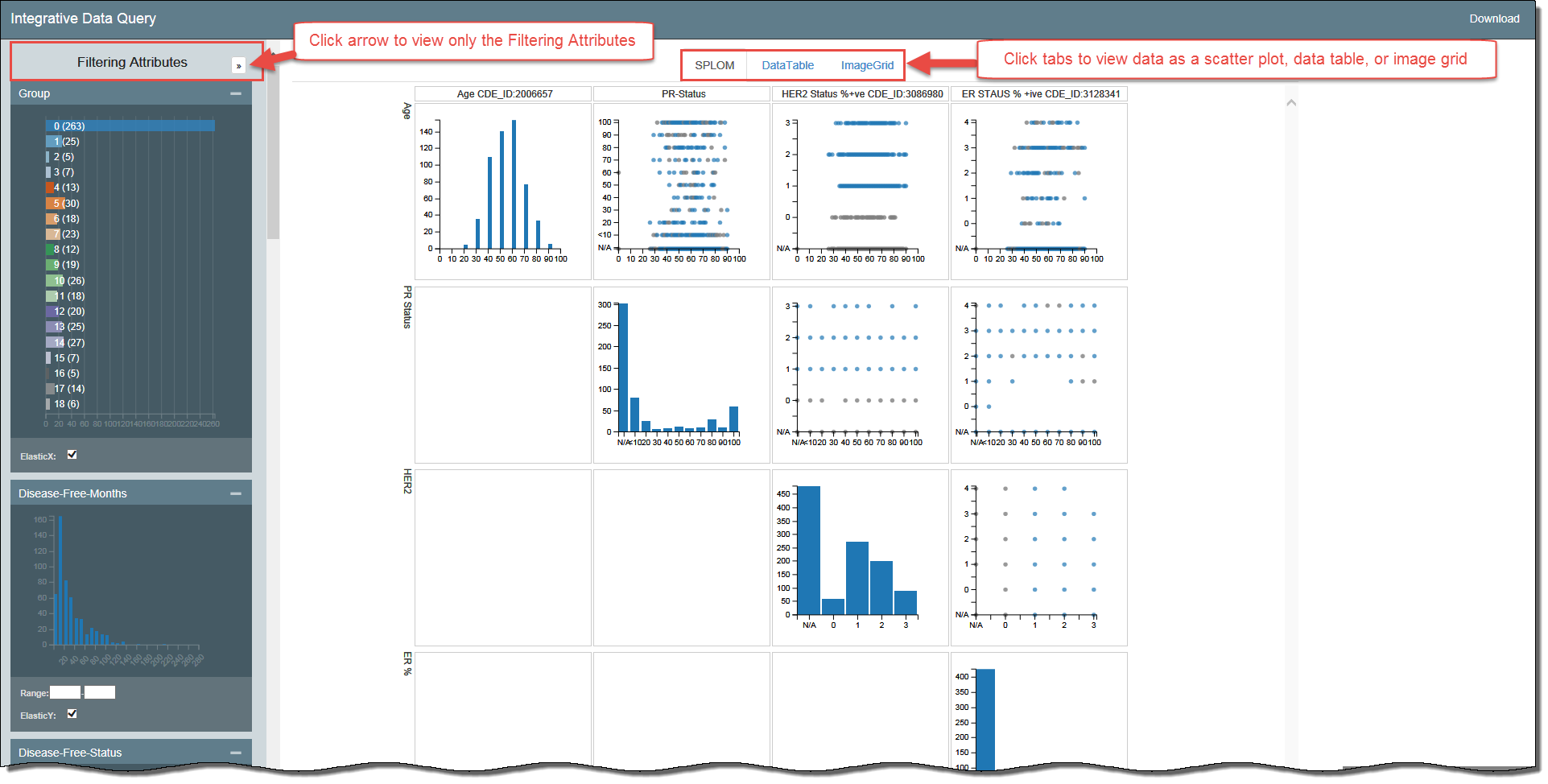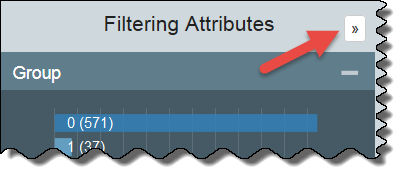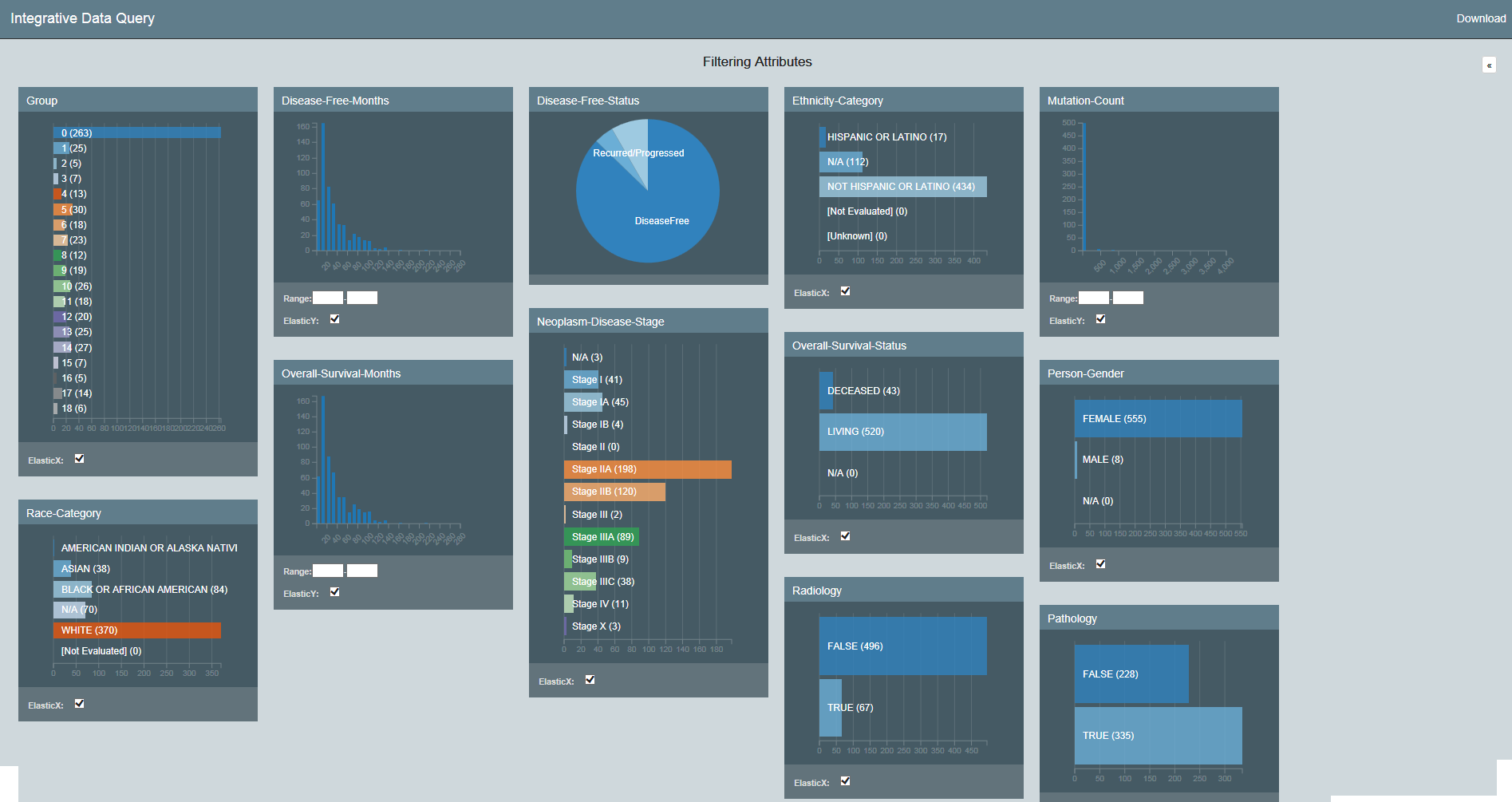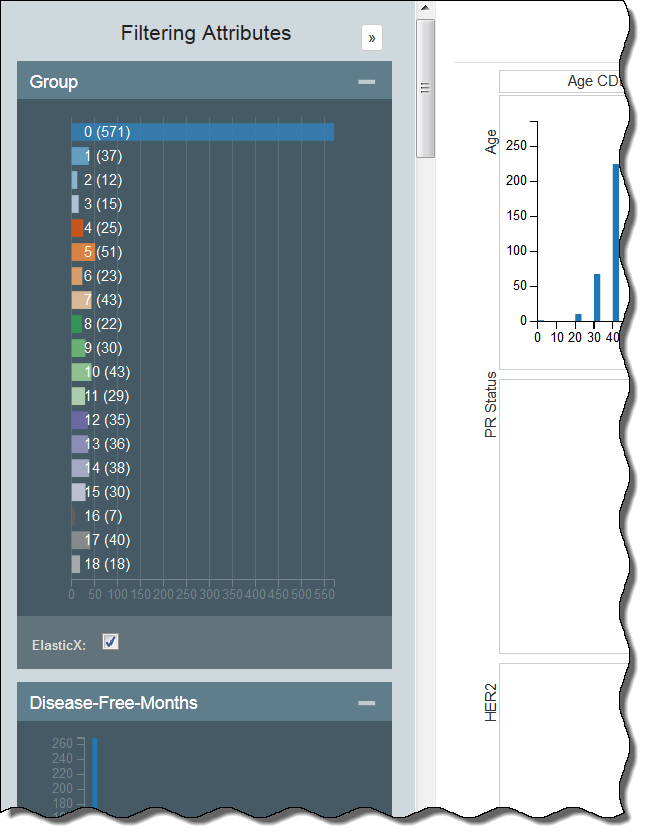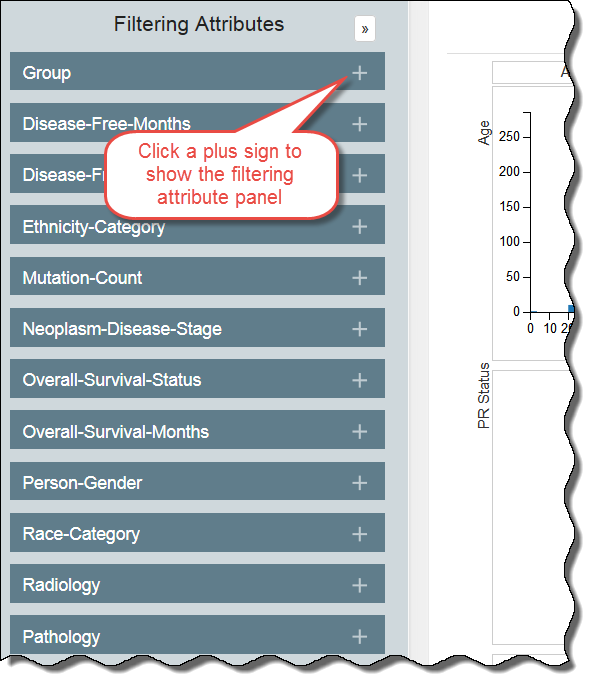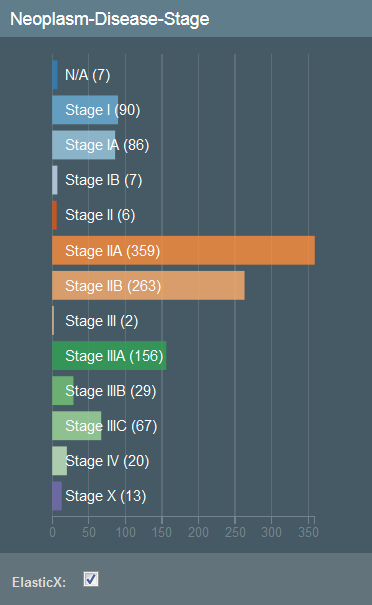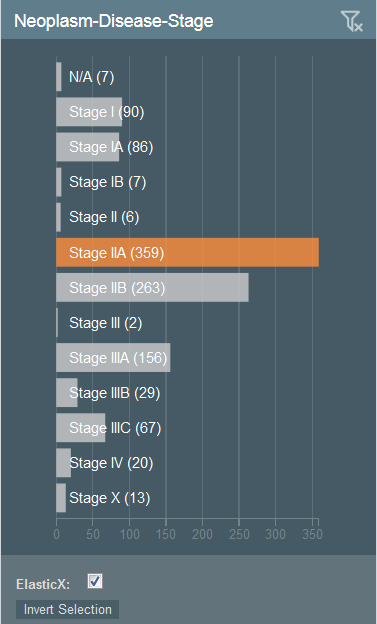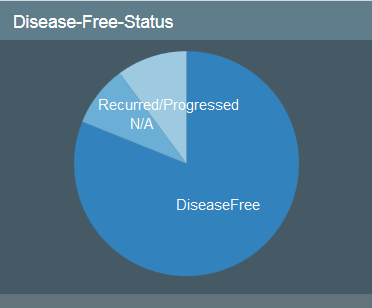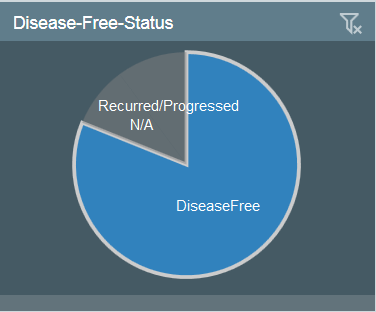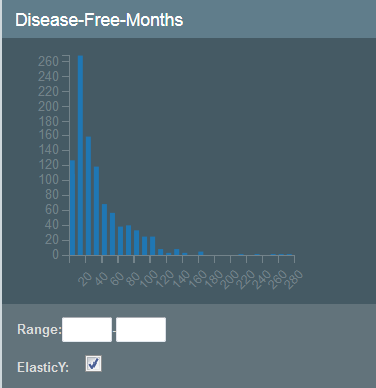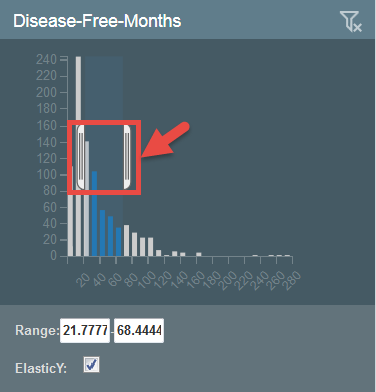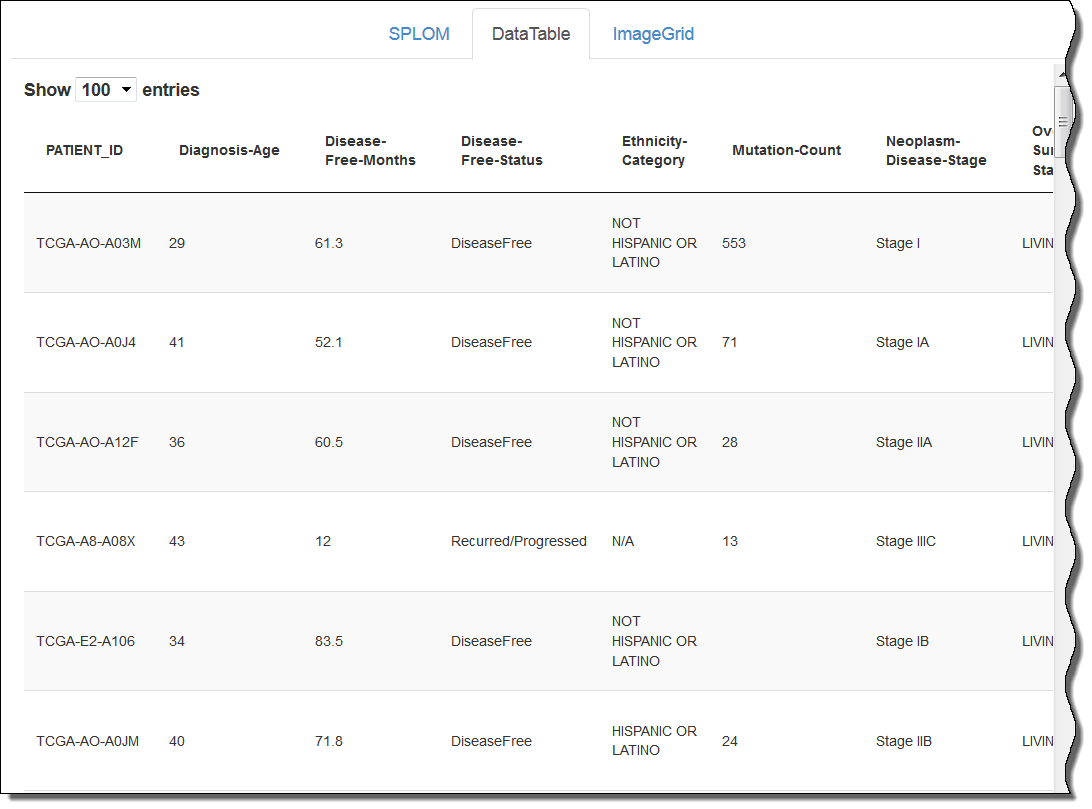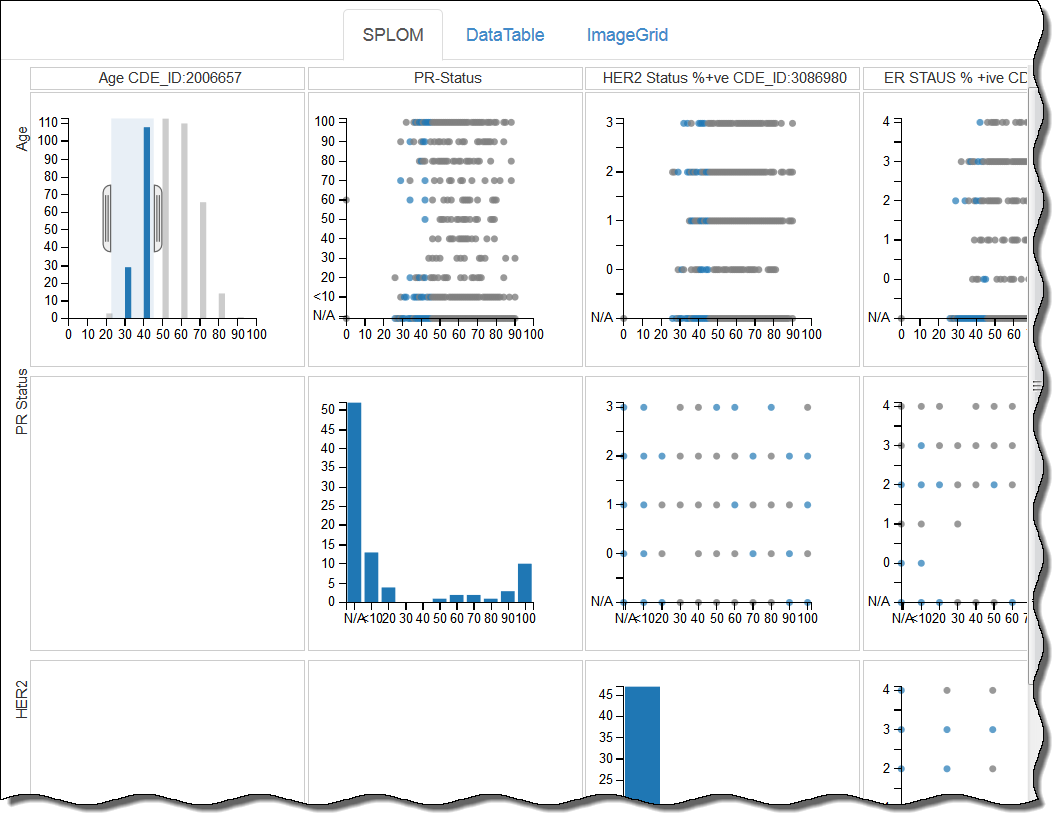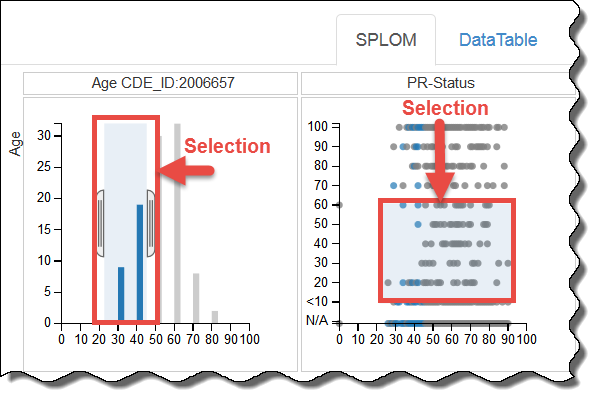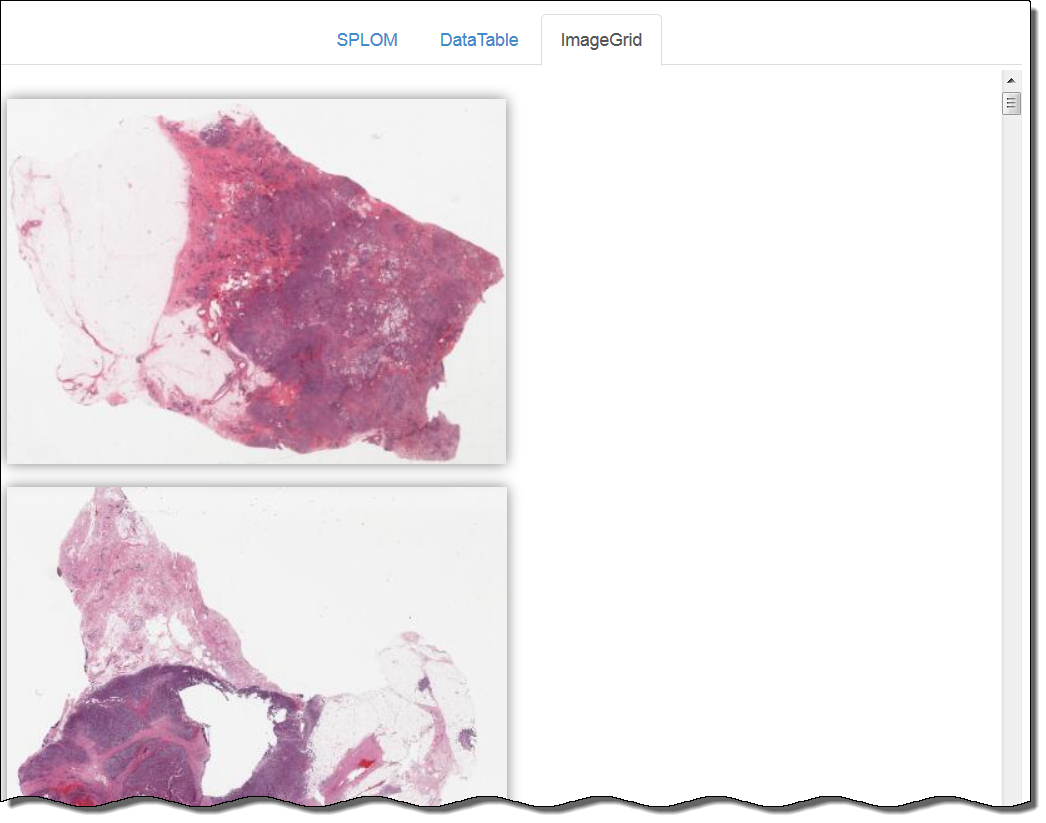Introduction to DataScope
DataScope allows you to browse and integrate multiple data types and visualize massive amounts of data. Using interactive, linked, filters and visualizations, you can narrow down the data you want to see and immediately see the results in bubble charts, data tables, image grids, and heatmaps.
Using the procedures explained in the DataScope Developer's Guide, you can customize your data, available filters, and charts. This guide explains the way to manipulate the bubble charts, data tables, and image grids you use to visualize your data. This documentation does not yet include information about the heatmap visualization type.
Accessing to DataScope
You must have a Google account to log in to DataScope.
To access DataScope
- In any browser, go to camicroscope.org/ .
The caMicroscope Login page appears. - Click .
The Google Offline Access page appears. - Click Allow.
The caMicroscope page of product options appears. - Scroll down to the DataScope - beta release section and click .
A demo of DataScope appears, which includes data from a co-clinical study. This data includes clinical, radiology, and pathology data, and pathology images from University of California, Davis and the The Cancer Genome Atlas Breast Cancer (TCGA BRCA) study.
Filtering the Data
DataScope includes many filters for adjusting your view of the data. The filters that appear are those that an administrator has customized for your use with DataScope and are not necessarily represented in the screenshots in this guide. Filters are cumulative, which means that you can apply multiple filters to help narrow down your results. The filters are also interactive, meaning that when you set one filter, you impact the rest. For example, selecting one age cohort may mean that data is not available for a certain ethnicity.
For a more convenient view of the filtering options, click the arrow at the top of the Filtering Attributes panel. This expands the view of the filtering attributes so that they fill the screen.
All of the filtering attributes appear, as well as a Download link, for downloading a spreadsheet of the data after you have (or have not) filtered it.
If you want to view the visualizations and filters at the same time, you can continue viewing the filtering attributes vertically. In this case, you may decide to hide some of the filtering attribute panels you do not want to use. Hide a panel by clicking the minus sign in the panel's upper left. Show it by clicking the plus sign in the panel's upper right.
In the following example, the Group and Disease-Free Months panels are open.
In the following example, all of the filtering attribute panels are hidden.
Clearing Filters
You must clear each filter individually by clicking in each panel. As you clear a filter, the number of records that meet your filtering criteria will likely increase. You may want to note a control value, such as the number of records in the group, to illustrate the change in selected records as you apply filters.
Bar Graphs
You apply filtering attributes differently depending on their graph type.
To filter attributes using a bar graph, click one or more bars. Selecting a bar may influence the availability of other bars.
In the following graph, none of the stages have been selected and each bar is represented by a different color.
In the following graph, Stage IIA has been selected, making the other bars unavailable for selection.
Pie Charts
To filter using a pie chart, click one or more pieces of the pie.
In the following chart, none of the categories have been selected.
In the following chart, the DiseaseFree category has been selected and the other categories are not available.
Histograms
To filter attributes using a histogram, you have two options that accomplish the same thing:
- Click and drag the brackets to select a range. Click anywhere in the chart to show the brackets
- Enter the values of the range in the boxes below the chart.
In the following histogram, no values have been selected yet.
In the following histogram, a range has been selected, which exists between the brackets and appears in the range boxes below the chart. The values are entered automatically as you move the brackets.
Understanding the Visualization Types
DataScope is interactive and provides multiple options for visualizing a large database. These options include selecting filtering attributes and viewing the data in a table, bubble chart (also called scatterplot or SPLOM), image grid, or heatmap.
In the case of bubble charts, you can use these options in combination. For example, if you have already applied a filtering attribute to show only one age group, you can further narrow down your selection by selecting a different category in the bubble chart.
In the following example, a user has selected the filtering category of Asian and then further filtered the results to show those Asians between the ages of 30 and 40. Blue data points are selected, while grey are unavailable for selection.
Using a Data Table
A data table provides a tabular representation of the provided attributes. Data tables show 100 records at a time. The following is an example of a data table.
To select data in a data table, first click the DataTable tab, then click a row, which represents an image series.
A new browser window appears, showing information about all of the images in that series.
Using the SPLOM Tab
DataScope displays both uses bubble charts and bar graphs on the SPLOM (ScatterPLot Of Matrices) tab. Bubble charts are a type of scatterplot in which the data points are replaced with bubbles. An additional dimension of the data is represented in the size of the bubbles. A bubble chart can be used to visualize four dimensions.
You can filter data on the SPLOM tab by adjusting the brackets in a histogram, as explained above, or by defining a selection area in a bubble chart. Only data points that appear in blue within the selection area are available for selection.
Using an Image Grid
An Image Grid is a two-column list of images. When more screen real estate becomes available, the list of images expands to add more columns.
To select an image grid, click the ImageGrid tab. All of the images matching the filters you selected appear. If you did not select any filters, all images in the database appear. Click an image to open it in caMicroscope and zoom in on an area of interest.
Heatmap
A heatmap is a graphical representation of data where the individual values contained in a matrix are represented by colors. The demo does not contain data appropriate for this type of visualization, so this tab does not appear in the demo.


